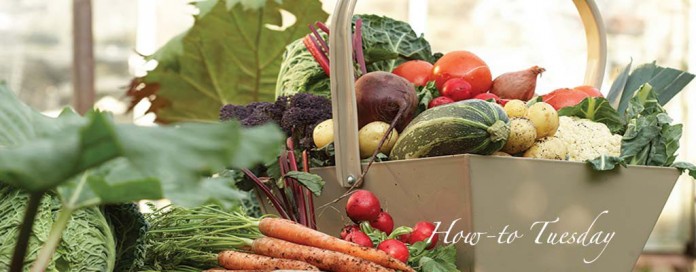As the first official day of spring quickly approaches, the thought of fresh fruits and vegetables comes to mind in anticipation of a new growing season.
In Ohio, spring vegetables normally aren’t ready for harvest until April and May, and fruits typically aren’t available until early summer. However, other regions produce many fruits and vegetables that are ready for consumption when the first day of spring arrives in March.
Spring foods
The following is a list of foods in season during spring, adapted from the United States Department of Agriculture SNAP-Ed Connection.
- Apples
- Apricots
- Asparagus
- Bananas
- Broccoli
- Cabbage
- Carrots
- Celery
- Collard greens
- Garlic
- Greens (cooking)
- Lettuce
- Mushrooms
- Onions
- Peas
- Pineapples
- Radishes
- Rhubarb
- Spinach
- Strawberries
- Swiss chard
- Turnips
For a chart detailing seasonal foods in Ohio, check out the Ohio Farm Bureau Federation’s calendar of seasonal fruits and vegetables in the Buckeye State. The calendar describes what each fruit and vegetable should look like when ripe.
Seasonal eating benefits
Cleveland Clinic Wellness Institute says that eating seasonally can make your diet healthier. Consuming an array of fruits and vegetables adds a larger share of vitamins, minerals and other nutrients that your body needs. In-season fruits and vegetables are harvested when they contain peak nutrients, while produce picked before it’s ripe doesn’t contain the same amount of nutrients.
The Cleveland Clinic Wellness Institute recommends switching your staple fruits and vegetables when the seasons change to give your body a broader selection of fruits and vegetables.
The nutritional value of fruits and vegetables is preserved when they are canned or frozen. Within hours of harvest, most canned and frozen fruits and vegetables are packaged, so they offer the same nutritional value as fresh fruits and vegetables, according to Fruits and Veggies—More MattersⓇ.
Buying foods that are in-season generally cost less than when they are purchased out-of-season. In-season produce that is grown locally cuts down on extra costs for transportation. Prices for out-of-season produce usually include transportation charges, since the food comes from other areas.
Support local farmers
Rutgers University Cooperative Extension explains that eating seasonally helps local farmers. When farmers sell produce at farmers markets or at farm stands, they receive a larger percentage of each sale because they are selling directly to consumers, instead of to a middle man. Purchasing locally grown produce at the grocery store also benefits local farmers. In addition, buying locally grown food supports the community, as many people hold jobs in local agriculture, whether seasonally or year-round.
When fruits and vegetables become available at local farmers markets, choose to purchase your produce there. You know it’s grown close to home, and you’ll help local farmers.
Related:
- National Nutrition Month®: Focus on a healthy lifestyle March 8, 2015
- 10 superfoods to add to your diet Feb. 24, 2015











